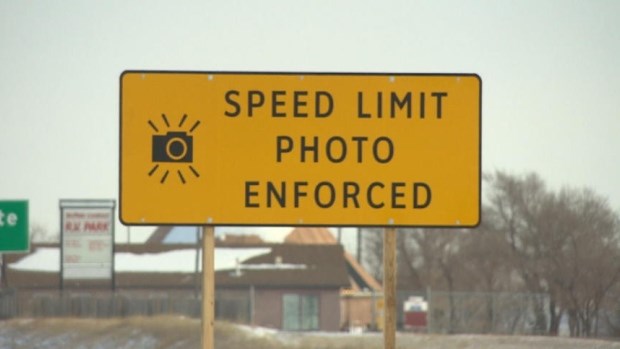Unpopular in the 1990's when it was first introduced, the provincial government introduced legislation late last year to bring back photo radar.
While dubbing it “automated speed enforcement,” the legislation would allow cities to use photo radar in certain areas to improve safety. Those areas would be school zones and “community safety zones” -- areas a municipality designates as in serious need because of a bad collision history.
Using the cameras in Sudbury was a topic discussed Monday at the city's operations committee. After a lengthy discussion about the city's traffic calming measures, Ward 10 Coun. Fern Cormier said the request he gets most often is to do something about speeding on local roads.
While the request is often to reduce speed limits, Cormier wondered about using photo radar instead.
“Speeding is the number one call I get,” Cormier said. “And it's not people asking for a speed bumps. People want police.”
While that's not practical long-term because of the cost and time required, he said the provincial legislation being introduced will allow photo radar in certain areas.
He compared it to seatbelt use. When they were voluntary, usage was limited. As soon as not using them led to fines, people started wearing them. And photo radar is cheaper than installing traffic humps and other traffic calming measures.
“If you speed and get a photo radar ticket, you're not going to speed again,” Cormier said.
Tony Cecutti, the city GM of infrastructure, said some jurisdictions are using red light cameras and they can be effective.
“We're paying very close attention to this,” Cecutti said, of the province's plan to reintroduce photo radar.
His department will be doing analysis, including how much it would cost. It would require staff to monitor the information, determine who was speeding and issue the tickets. It's possible that the increased fine revenue will pay for the new technology, he said.
While the expectation would be that fine revenue would eventually decrease, Cecutti said that's not the case.
“The revenue has stayed fairly steady at these intersections,” he said.
But there have been fewer accidents, so results are mixed so far.
Joe Rocca, the city's supervisor of traffic and asset management, says the legislation isn't in place yet in Ontario to allow photo radar.
But Rocca said it's expected that one vendor will win the contract to provide equipment for entire province. They will lease the equipment to the municipality, collect the data and send it to the city.
Ward 11 Coun. Lynne Reynolds wondered why they didn't just reduce speeds to get people to slow down.
Cecutti said studies have shown it doesn't work.
“Changing speed limits has a very limited impact,” he said. “It's not an effective approach at all. Most people do not respect posted limits.”
In fact, they have evidence that actual speeds increase when posted limits reduced.
That prompted Reynolds to quip, “then maybe we should stop fixing potholes.”
